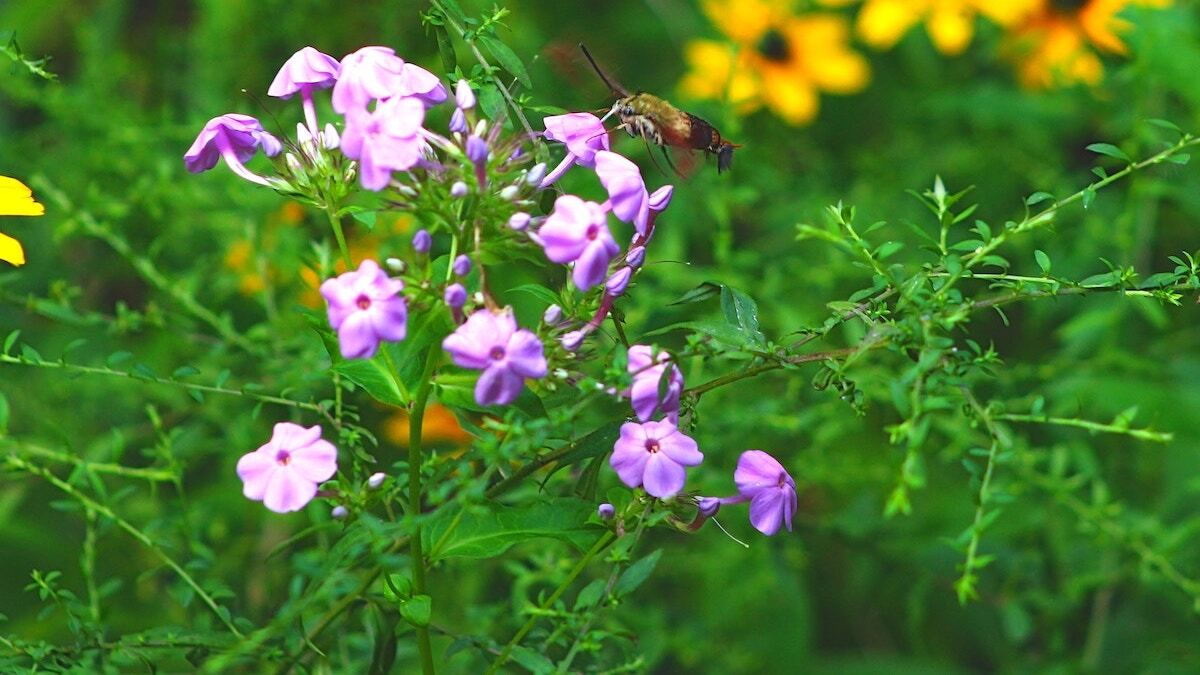In bloom along the roadside, woods edges or along field fence rows is a beautiful and tall purple, blue or white flower. It has many names, Dame’s Rocket, Dame’s Violet, Mother of the Evening or Sweet Rocket.
What is not the correct name is phlox. It is confused with Garden Phlox or Phlox paniculate, which has five petals and blooms much later in the season.
The common name "Rocket" is a European name given to any plant in the genus Hesperis. “Dame” is a term used in reference to a matronly woman. The species' name comes from the Latin, "matrona," meaning a woman who has an established social position. Such a woman would certainly stand as tall as the plant Dame's Rocket does. Hesperis comes from the Greek word, "hespera," meaning evening, due to the flower's evening fragrance.
Dame’s Rocket resembles a phlox, but it has four petals and not the five that a phlox does. It has long seed pods of a mustard, Cruciferae, which it is a member. It stands 2 to 3 feet tall. The blooming period is May through June.
Dame's Rocket is well established in the state as a wildflower, but it is not native. It is a garden escapee that closely resembles wild Blue Phlox or a cultivated garden phlox, which are in the Phlox family, Polemoniaceae. It was brought over by the early settlers from Europe or Central Asia. It became a cultivated ornamental garden favorite, but is now considered invasive as it is difficult to get rid of, heavily over seeds and crowds out native plants. It is not native, but is included in many commercial native wildflower mixes.
The purple, blue or white flowers are 1/2- to 1-inch wide with four round petals. The flowers are in clusters. Flower stalks are crowded with flowers and bloom from the bottom up.
The leaves are wide, coarsely toothed and lance-shaped, measuring 1 to 3 inches long. The leafstalks are short. Both stems and leaves are covered with fine hairs. Young leaves are high in vitamin C and can be eaten in salads but have a slightly bitter taste.
The seedpods, 1/2 to 3 inches long, are thin and wiry. The pods split open lengthwise to release tiny black seeds. Oil from the seeds is used in making perfume. Seeds can be sprouted and eaten in salads.
Dame's Rocket is a biennial, meaning it grows the first year and blooms the second year. It sets and dispenses seeds and then dies.
Flowers attract nectaring butterflies, especially Tiger Swallowtails, moths and hummingbirds. The plant is resistant to deer. The seeds are dispersed by animals on their body and fur and eaten by birds. The animals unknowingly spread the seeds to nearby fields and waterways or a person’s landscape.







